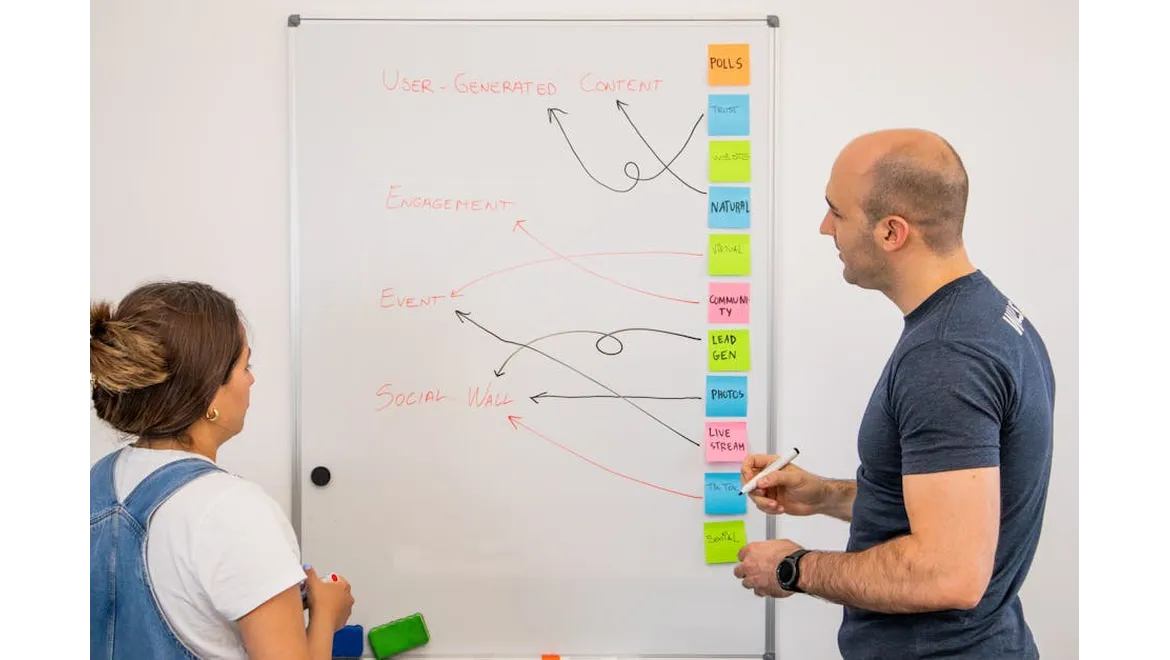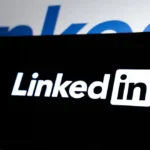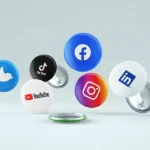Right, so I was chatting with Leah the other day – she’s a whiz at LinkedIn, especially when it comes to generating new business. We were bouncing ideas around about how to really cut through the noise and make a connection that actually resonates. Turns out, it all boils down to data… and knowing how to use it.
We were talking specifically about using LinkedIn Sales Navigator and other data analytics tools to get seriously granular insights into your ideal customer’s behaviour, interests, and even their career path. No more spraying and praying; this is about laser-focused outreach. I will share what I’ve learnt with you.
Digging Deep: Data-Driven Audience Insights
Leah started by stressing the importance of understanding exactly who you’re trying to reach. It’s not enough to just say “Marketing Managers in London.” You need to know what kind of Marketing Managers, what problems they’re facing, and what kind of content they’re already engaging with.
Sales Navigator is your best friend here. You can use its advanced search filters to narrow down your audience based on things like:
- Keywords: What keywords are they using in their profiles? What kind of content are they posting about?
- Company Size: Are you better suited to large enterprises or smaller startups?
- Industry: Obvious, but crucial. Drill down beyond the broad category.
- Groups: What LinkedIn groups are they members of? This gives you a direct line into their interests and professional communities.
- Activity: What kind of content are they sharing, liking, and commenting on? This is gold dust for understanding their priorities.
Leah’s tip was to create several different “ideal customer profiles” (ICPs) based on these insights. This allows you to tailor your messaging even further. So, instead of one generic message, you have targeted messages for, say, “Marketing Managers in Fintech Startups struggling with lead generation” and “Marketing Managers in established Retail companies looking to improve brand awareness.”
Predictive Lead Scoring: Prioritising Your Efforts
Okay, so you’ve got a list of potential leads – now what? This is where predictive lead scoring comes in. The idea is to rank your leads based on their likelihood of converting, so you can focus your time and energy on the ones with the highest potential.
Leah explained that you can build a simple lead scoring model by assigning points to different attributes and behaviours. For example:
- Job Title: Senior roles get more points (they’re more likely to be decision-makers).
- Company Size: Companies that fit your ideal size range get more points.
- LinkedIn Activity: Leads who actively engage with your content get more points.
- Website Visits: If you integrate LinkedIn with your CRM, you can track website visits and assign points accordingly.
- Content Downloads: Leads who download your resources are clearly interested.
You can manually track and score your leads, or you can use a marketing automation platform to automate the process. The key is to continually refine your scoring model based on your results. What attributes are the best predictors of conversion? Adjust your scoring accordingly.
Crafting Compelling, Personalised Messages
This is where the magic happens. You’ve got your data-driven insights, your scored leads, and now you need to craft messages that actually resonate. Leah gave me some really practical tips:
- Reference something specific: Instead of a generic “I saw you work at X company…”, try “I noticed your recent post about the challenges of Y, and I thought you might find our solution helpful.” This shows you’ve actually done your research.
- Focus on their pain points: Don’t just talk about your product or service; talk about how it solves their problems. Use the insights you gained from Sales Navigator to identify their specific challenges.
- Offer value upfront: Share a relevant article, a helpful tip, or a free resource. Don’t just ask for something; give something first.
- Keep it concise: People are busy. Get to the point quickly and make it easy for them to respond.
- A/B test everything: Try different subject lines, different opening lines, different calls to action. See what works best for your audience.
Leah’s biggest piece of advice was to always, always be authentic. People can spot a generic sales pitch a mile away. Be genuine, be helpful, and focus on building relationships.
Ultimately, leveraging LinkedIn for new business boils down to understanding your target audience inside and out, prioritising your outreach based on data-driven insights, and crafting compelling, personalised messages that actually resonate. By using Sales Navigator and implementing a predictive lead scoring model, you can focus your efforts on the prospects with the highest potential for conversion and move away from the older methods of sales and prospecting. Then, by continually refining your approach based on your results, you’ll be well on your way to building a powerful LinkedIn lead generation engine.











